In the Ordinary barberry it is a representative of the barberry genus. It is used for various therapeutic purposes.
Occurrence and cultivation of the common barberry

The barberry is one of the thorny shrubs and can reach a height of up to three meters. While the small yellow flowers form pendulous clusters, the leaves are arranged in rosettes. The flowering time of the sea buckthorn occurs in the months of May and June. In August and September, barberry produces edible berries that are red and fleshy.
They can be distinguished from other berries by their cylindrical shape. North Africa is believed to be the place of origin of the common barberry. Today the plant thrives from Western Europe to the Caucasus. Their preferred growth areas include bushes, light forests and floodplains as well as mountainous regions.
Effect & application
The barberry has several health benefits. Among other things, it has an antibacterial, astringent, circulatory and diuretic effect. It also stimulates the appetite.
For the therapeutic use of barberry, both the fruits (Berberidis fructus) as well as the root (Berberidis radis) and the bark (Beberidis cortex) of the plant used.Since these have different effects on the human body, they are used to treat various ailments. While the fruits contain ingredients such as vitamin C, tannic acid, capsanthin and hyperoside, the root bark contains jatrorrhizin and the alkaloid berberine. However, the berberine is poisonous, which is why the bark and roots must be dosed low and should not be taken for too long. Since the alkaloid has a stimulating effect on the bile and digestion, the root bark of the barberry is used for liver and gallbladder problems and indigestion.
In addition, the blood vessels widen, which in turn lowers blood pressure. The root cortex also stimulates the function of the kidneys. In the case of kidney inflammation, however, the sourthorn should not be ingested, as this leads to negative irritation of the kidneys. The root bark can be taken in the form of a tea. To make this, the user briefly boils half a teaspoon or a full teaspoon of root bark.
The tea then has to steep for about five minutes. After straining, the root bark tea can be taken in small sips. The daily dose is one to two cups. The root bark tincture is another dosage form. It is used for the same treatment purposes as the root bark tea. There is also the option of taking the tincture if you have lumbago or a fever.
To strengthen the gums or treat bleeding gums, fresh juice can be taken from the barberry fruits. To do this, the patient simply brushes the juice on their gums. There are no alkaloids in the fruits of the sea buckthorn. They are considered to be healthy vitamin donors.
The fruits can either be processed into puree or jam or used in the form of syrup. It is also possible to dry the fruits, which means that they are also available in the winter months. Barberries are also a popular ingredient in the kitchen.
Importance for health, treatment & prevention
The common barberry was used for medicinal purposes in earlier times. The ancient Egyptians used them together with fennel seeds to reduce fevers. The Romans, on the other hand, used them to treat diarrhea. The root bark was later boiled in apple cider and was used to treat abdominal infections.
The English doctor and pharmacist Nicholas Culpeper (1616-1654) recommended the bark of the sea buckthorn for internal cleansing of the body as well as for the prevention of jaundice, itching, boils and lichen. The alkaloids of barberry, such as berberine and berbamine, have a bactericidal effect. The root bark should also be helpful against toothache.
Today, berberine is used in various chemical medicines to treat eye diseases. In addition, the heart, circulation and vitality of humans are positively promoted by the alkaloid. The plant is considered to be helpful in high blood pressure. Barberry also stimulates digestion, relieves stomach upset and improves appetite. Furthermore, the medicinal plant is said to have an anti-diarrheal effect.
Root bark tea from the plant can be used to gargle against sore throats. It is also used for colds and relieves a blocked nose. It can even be used against conjunctivitis of the eyes. Other possible indications for the use of barberry are edema (water retention), calming the heart rate, liver congestion, itching of the skin, menstrual cramps, bile semolina and gallbladder inflammation.
The barberry is also used in homeopathy. There it is used to treat rheumatic pain after physical activity. Recent health studies have shown that berberine effectively combats viruses, bacteria, fungi and parasites. The alkaloid berbamine, on the other hand, stimulates the white blood cells that act as defense cells in the body. According to another study, berberine is also helpful against E. coli bacteria and the stubborn hospital germ Pseudomonas aeruginosa.

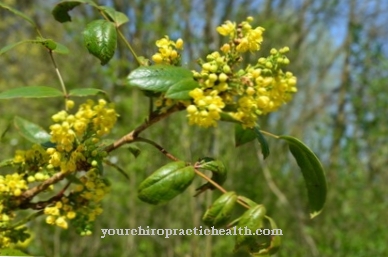
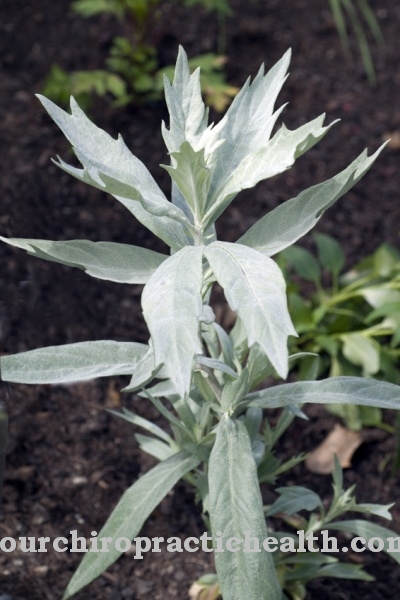

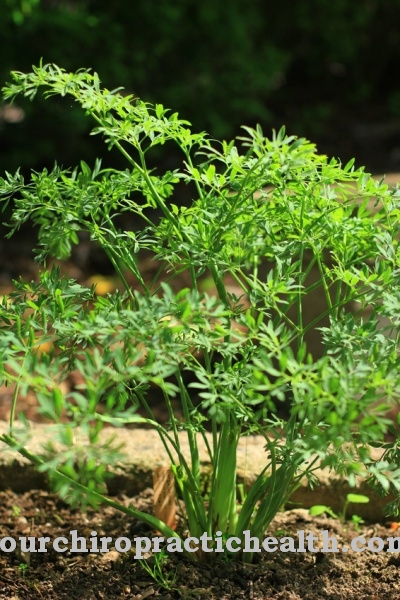
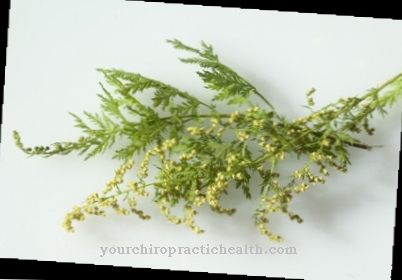
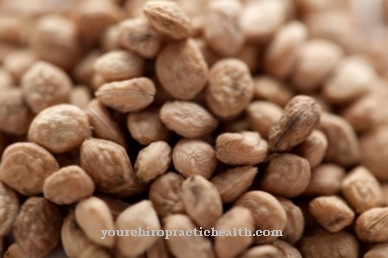


















.jpg)


